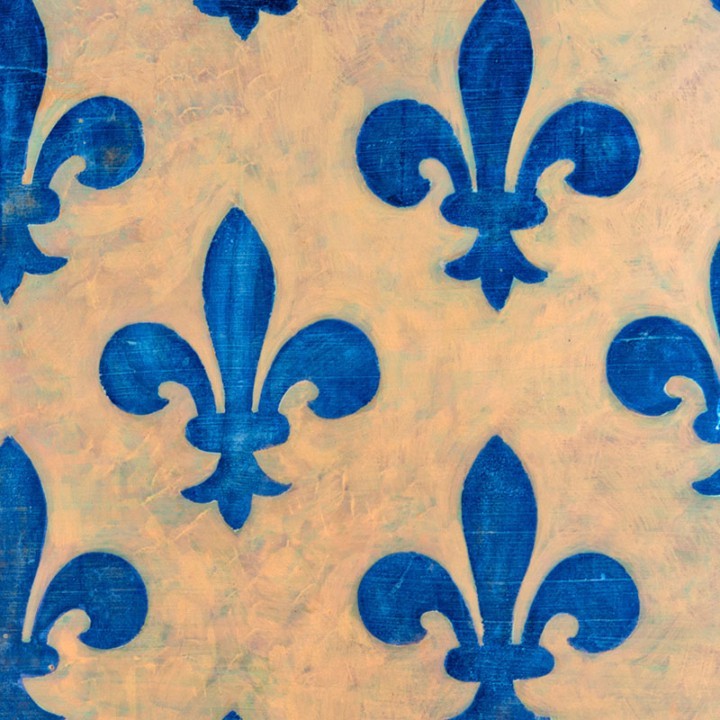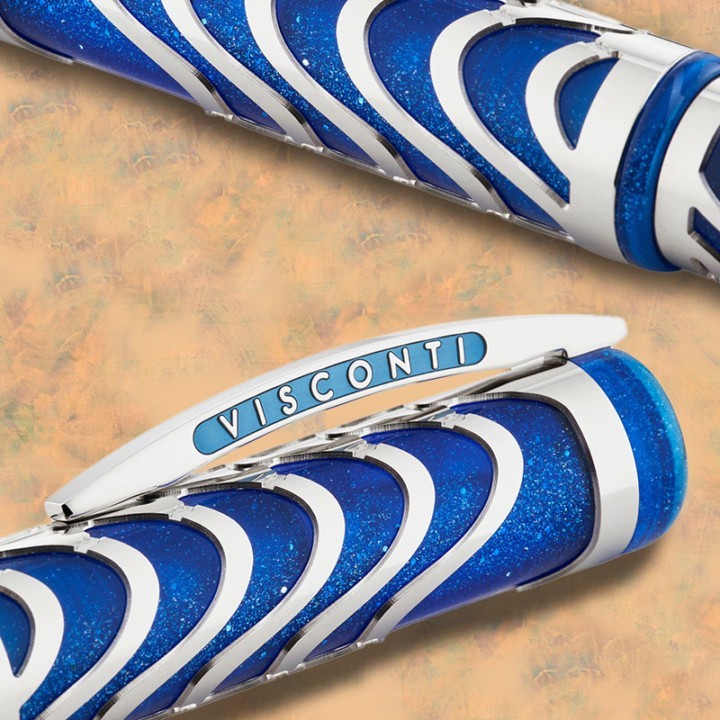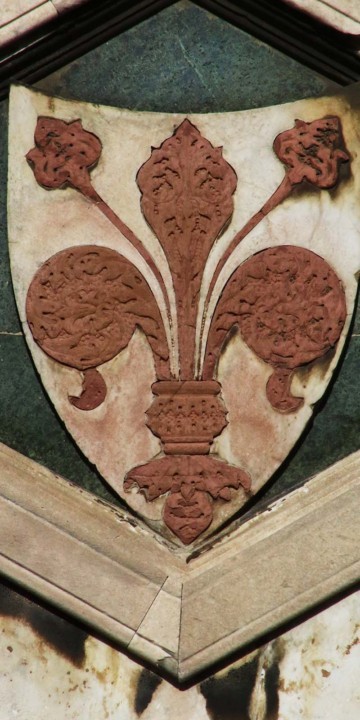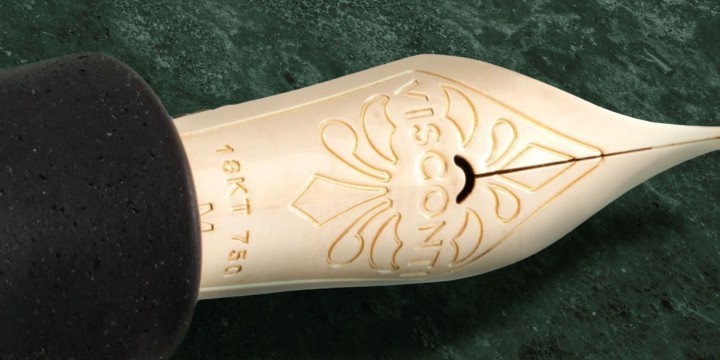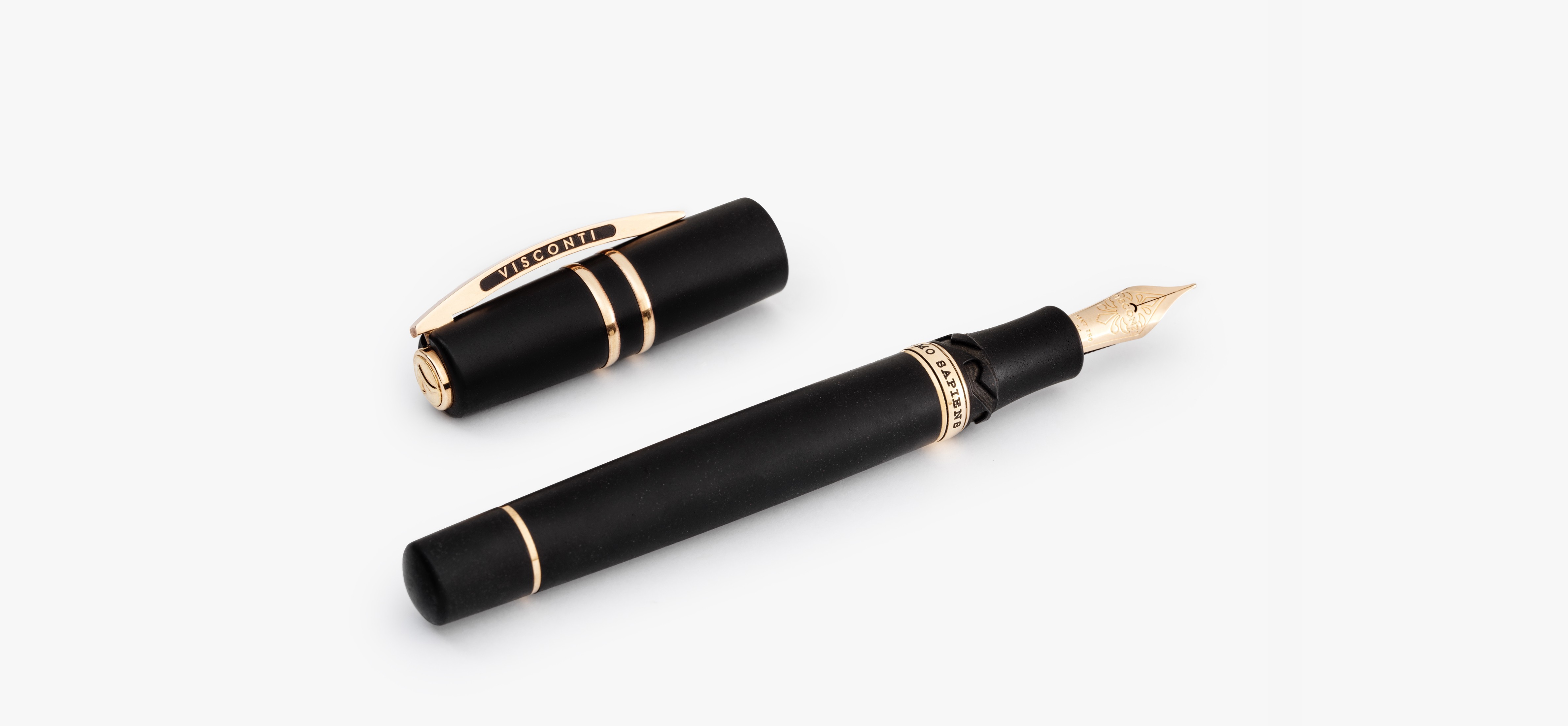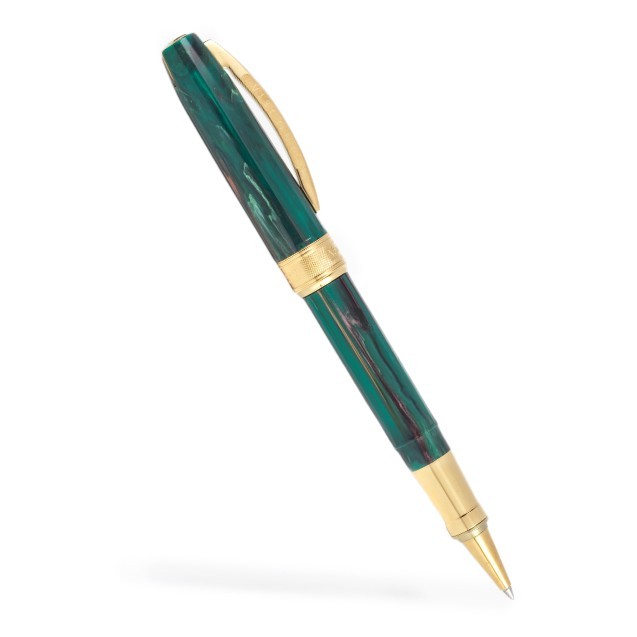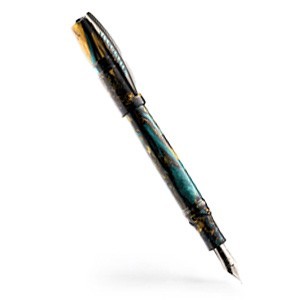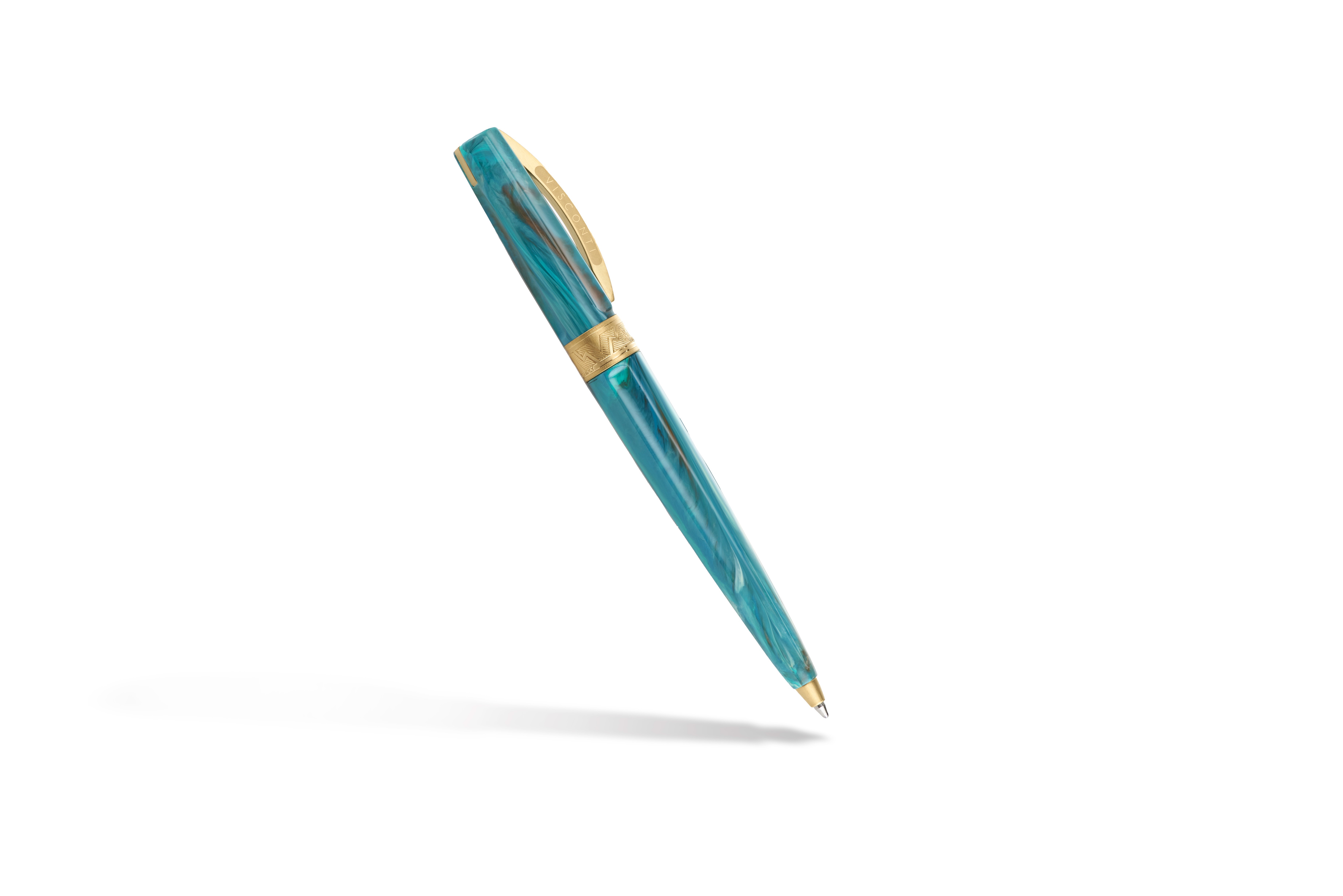The link between Visconti and Florence has always been very close, so much so that in many of the brand’s creations, numerous details take inspiration from the city and its symbols. One of these is the traditional lily that stands out on the city’s coat of arms and has always been considered the symbol of Florence.

Why was the lily chosen as the flower of Florence?
If you have ever visited Florence, you will undoubtedly have come across its lily. But why was this flower chosen to represent the ‘Cradle of the Renaissance’?
The lily has been the symbol of Florence since the 11th century, although its origins remain unclear. Some versions say that following the founding of Florentia around 60 B.C., the Romans chose this flower as the city’s symbol because of its association with the concept of rebirth and the pagan cult dedicated to the Goddess Flora. Another hypothesis about the choice of the lily as the symbol of Florence is linked to the city’s intense Marian devotion even before the Middle Ages. The white lily with light blue veins is considered a symbol of purity, so much so that it is the flower of the Virgin. In fact, in the beginning, the symbol of Florence was a white lily on a red background, as desired by the Ghibellines before their exile. When the Guelphs took control of the city in 1251, they opted for the red lily on a white background – a reversal of colors that has remained unchanged.
Throughout history, more than one person tried to change the city’s symbol. When Florence came under Napoleonic rule in 1811, the French government considered replacing the classic coat of arms with a new one depicting a flowering lily on a green lawn surmounted by three golden bees. The Florentine people vigorously opposed the decree and managed to keep their symbol untouched.
Though it is impossible to pinpoint the exact reasons behind the choice of the lily, what is certain, however, is that every corner of the city boasts this historical symbol. The flower of Florence is so prominent that the city earned the appellation of Città Gigliata from the Italian word giglio for lily.
The Lily in Visconti's creations
Visconti has inherited its city’s centuries-old artisan tradition for fine goldsmithing and tanning techniques. This passion for quality and beauty is part of the brand’s driving force, and most of its creations are closely connected to Florence’s cultural and artistic heritage. To formalize Visconti’s Florentine DNA, adopting the lily as one of its key symbols became a natural step.
The Lily of Florence can be found in numerous fountain pens and, in particular, is a recurring symbol in most nibs. Whether in steel or gold, Visconti nibs are, in fact, usually embellished with an engraving of the lily and the brand name to mark the indissoluble bond between the two.
Among the many creations featuring this type of nib, the Homo Sapiens Lava Bronze, a fountain pen with a gritty and modern soul, stands out for its unparalleled writing experience. The contrast with the black of the barrel and cap enhances its rose-colored 18-karat gold ‘lily’ nib. The pen’s body is made with basaltic lava from Mount Etna mixed with resin, a secret formula created by Visconti’s artisans. The pen gives an incredibly soft and velvety feel to the touch while maintaining extraordinary durability.
Moving on to a nib with similar characteristics, one cannot help but mention the Skeleton fountain pen in a limited edition of 388 pieces. This collectible fountain pen is a true masterpiece thanks to its skeletonized sterling silver barrel surrounding red or blue glittery acrylic resin, creating a mesmerizing optical effect. The 18-karat gold nib bears the stylized decoration of the Lily of Florence in both variants; however, in the blue version, it is palladium plated, while in the red one, it is ruthenium plated.


